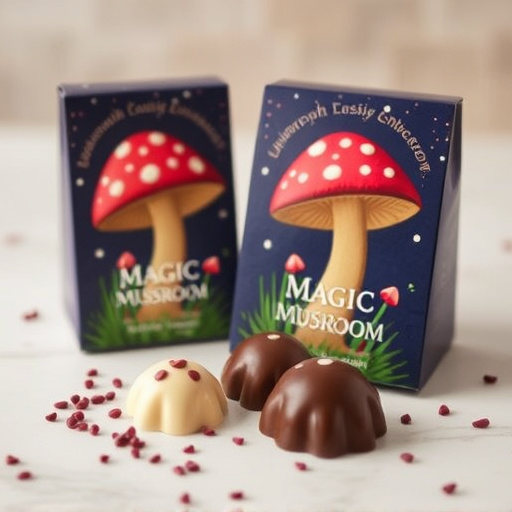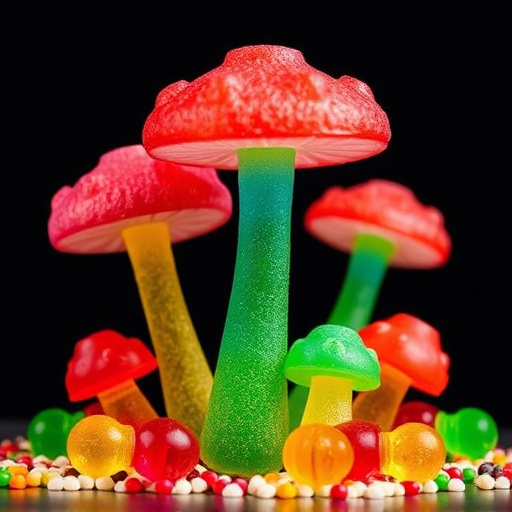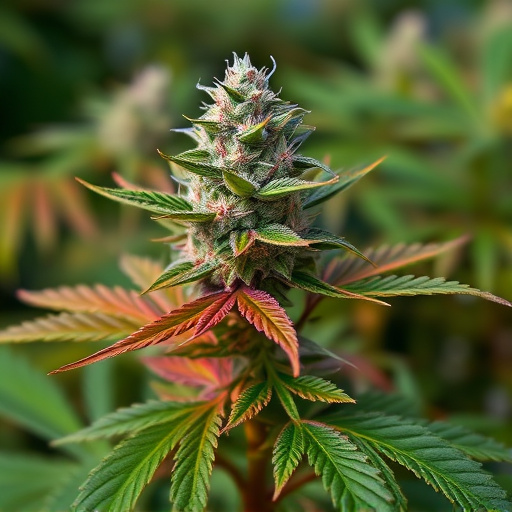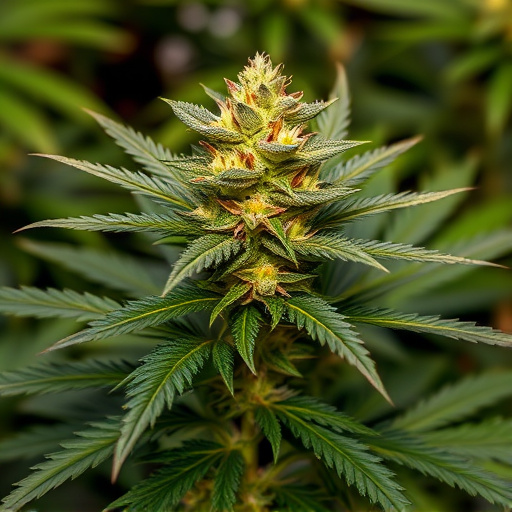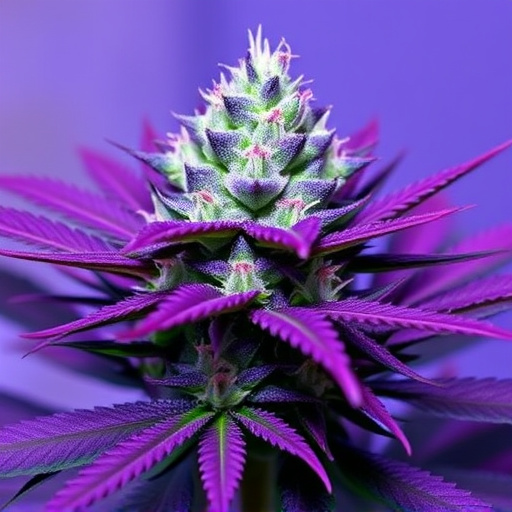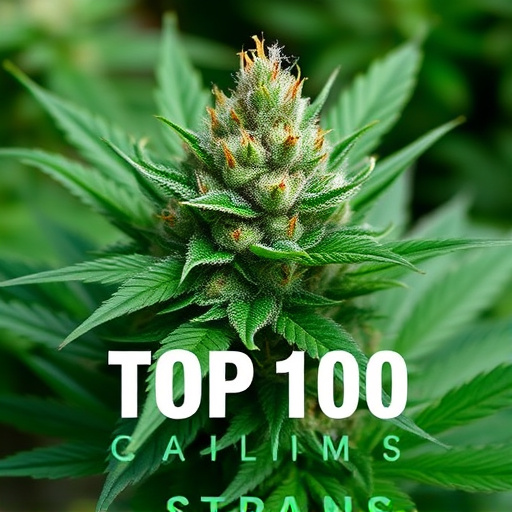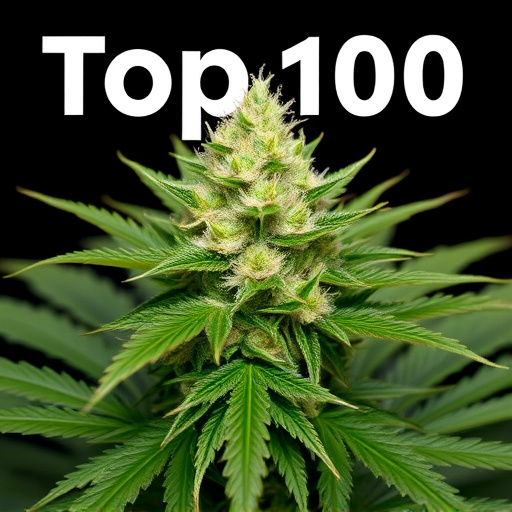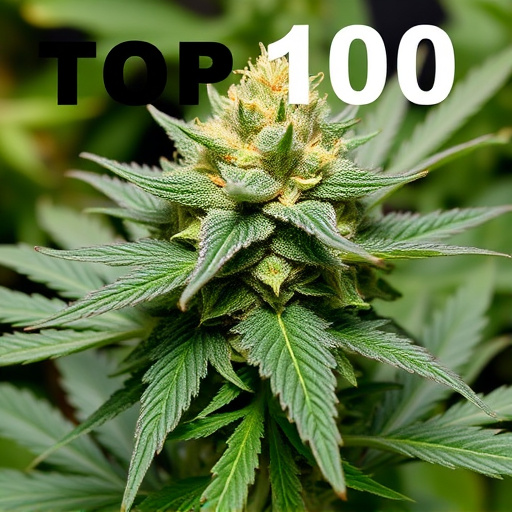Environmental factors profoundly impact cannabis plant development, influencing flavor, aroma, and potency. Indoor cultivation provides precise control over conditions, fostering robust growth and consistent results for the top 100 cannabis strains with faster flowering times and higher yields. Outdoor cultivation leverages natural sunlight and space for exceptional aroma, flavor, and cannabinoid concentrations but faces more variable outcomes due to weather and pests. Balancing these methods ensures a diverse market of unique top 100 cannabis strains catering to various preferences year-round.
Discover the captivating differences between indoor and outdoor cannabis flowers in this comprehensive guide. Explore environmental factors shaping each growth setting, from climate control and light exposure to space considerations. Uncover visual traits, terpene profiles, and cannabinoid compositions that define these environments. Dive into our curated list of the top 100 cannabis strains categorized by their origin, offering insights into indoor and outdoor varieties, and their hybrid counterparts that bridge the gap.
- Environmental Factors: Indoor vs Outdoor Growth
- – Unique challenges and benefits of each growing environment
- – Climate control, light exposure, and space considerations
Environmental Factors: Indoor vs Outdoor Growth
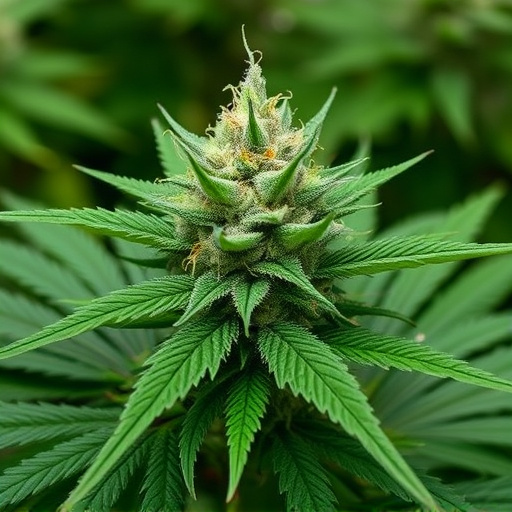
The environmental factors that cannabis plants experience during their growth cycle play a significant role in shaping their final characteristics, including flavor, aroma, and potency. Indoor and outdoor cultivation differ greatly in this regard, each presenting unique advantages and challenges.
In controlled indoor environments, growers can precisely regulate elements such as temperature, humidity, light intensity, and duration. This allows for optimal growing conditions tailored to specific cannabis strains from the top 100. Consistent environmental control fosters robust plant growth and can lead to higher yields with more consistent results. Conversely, outdoor cultivation relies on natural sunlight, varying weather conditions, and seasonal changes, which can impact final product quality. However, outdoor-grown cannabis often exhibits a distinct earthy flavor and aromatic profile that many enthusiasts appreciate, as plants adapt to their surroundings in unique ways.
– Unique challenges and benefits of each growing environment
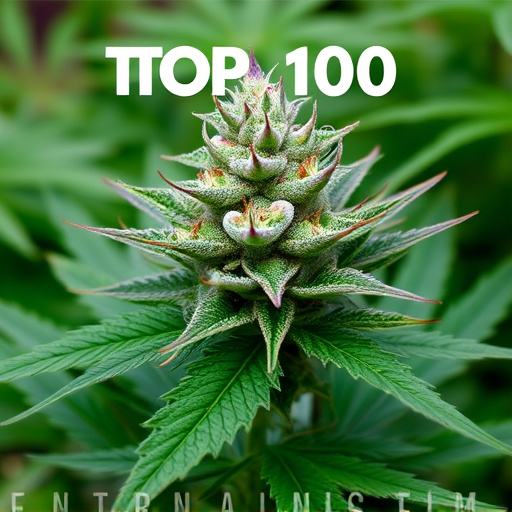
Growing cannabis indoors and outdoors presents distinct advantages and challenges, each shaping the final product in unique ways. Indoor cultivation offers control over environmental factors like temperature, humidity, and light intensity, enabling growers to optimize conditions for specific top 100 cannabis strains. This precision can lead to faster flowering times, higher yields, and consistent quality. However, limited space and the need for artificial lighting can be significant drawbacks, often requiring substantial investment in equipment.
Conversely, outdoor cultivation benefits from natural sunlight and larger growing spaces, allowing plants to flourish with minimal intervention. These conditions can produce cannabis with exceptional aroma and flavor profiles, as well as higher cannabinoid concentrations. Yet, outdoor growers face the unpredictable nature of weather and must contend with pests and diseases without the same level of control as indoor operations. Balancing these factors ensures that each environment contributes its own unique characteristics to the diverse world of cannabis cultivation and the top 100 strains available.
– Climate control, light exposure, and space considerations
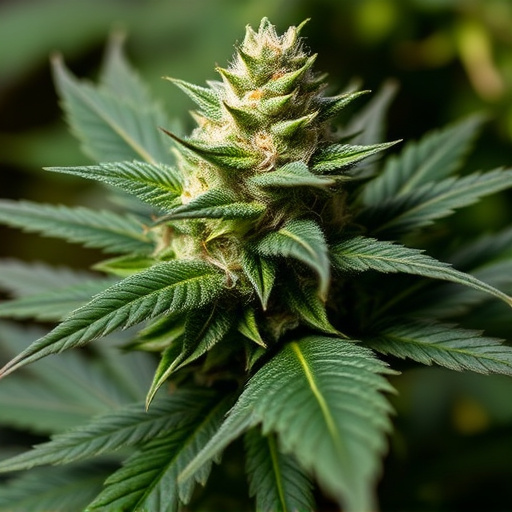
Growing cannabis indoors and outdoors presents distinct advantages and challenges, influencing the final characteristics of the flower. One of the primary factors is climate control—indoor growers have precise temperature, humidity, and CO2 levels at their disposal, enabling them to cultivate specific strains ideal for controlled environments. This allows for a more consistent product year-round, catering to the diverse preferences of the top 100 cannabis strains enthusiasts. Outdoor cultivation, however, relies on natural elements, offering a more organic approach but with less predictability regarding final traits.
Light exposure is another critical aspect. Indoors, growers can manipulate light cycles, fostering robust and dense plants. This controlled lighting encourages a higher concentration of terpenes and cannabinoids, making indoor cannabis flowers sought after for their potent effects and unique aromas. Outdoors, natural sunlight provides a more diverse light spectrum, which can lead to varied growth patterns and cannabinoid profiles. Space considerations also differ significantly; indoor setups require careful planning to accommodate mature plants, while outdoor spaces offer virtually unlimited room for cannabis to flourish and reach its full potential.
Whether grown indoors or outdoors, understanding the unique factors that influence cannabis flower development is key to cultivating top-tier strains from the top 100 cannabis plants. By carefully considering climate control, light exposure, and space, cultivators can create optimal growing conditions for their chosen varieties, ultimately enhancing the potency, aroma, and overall quality of the final product. Whether you’re a professional grower or curious enthusiast, recognizing these differences allows you to appreciate the art and science behind each cannabis flower’s transformation.


